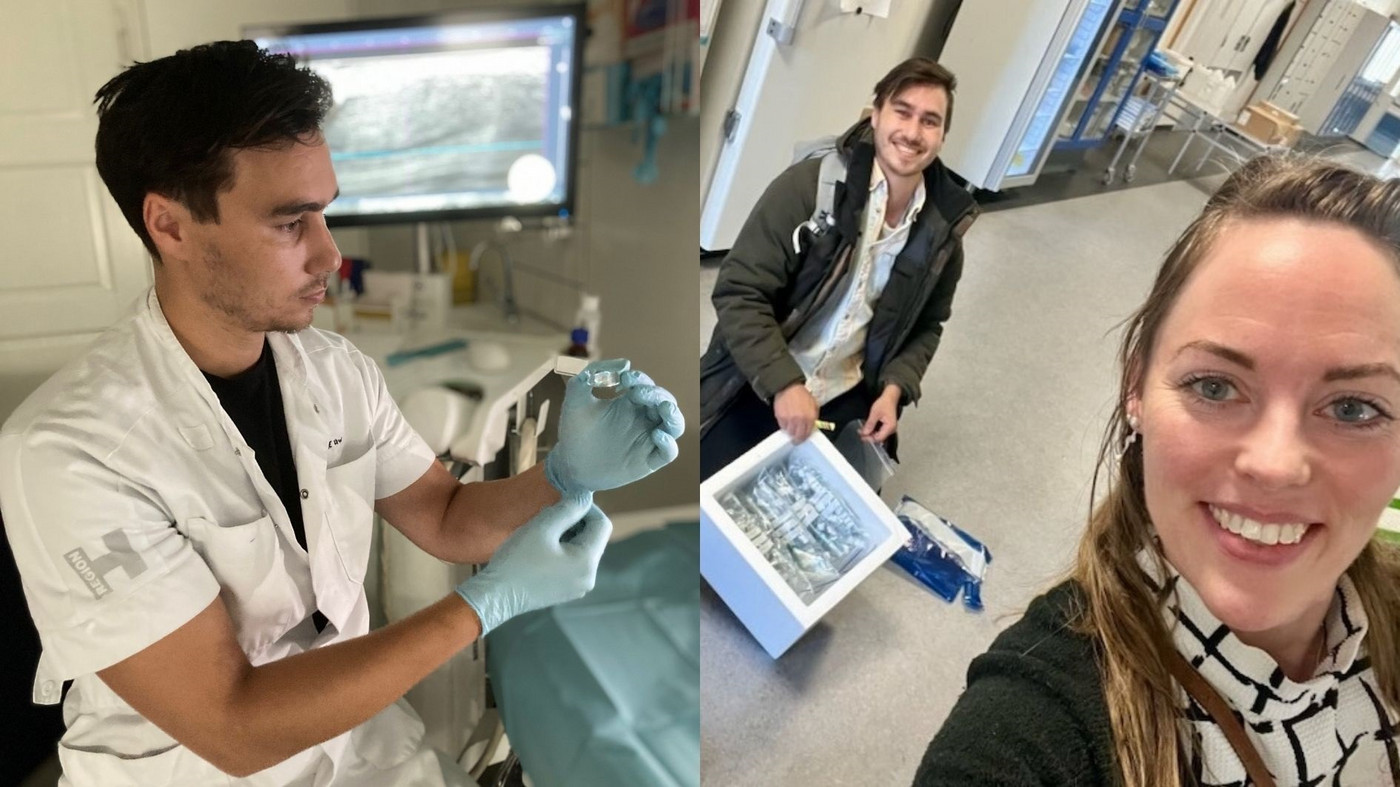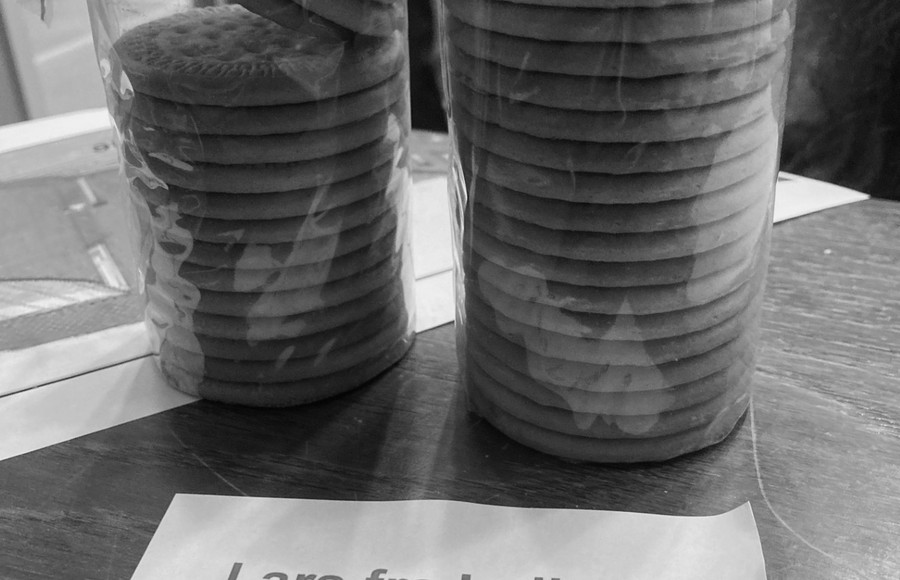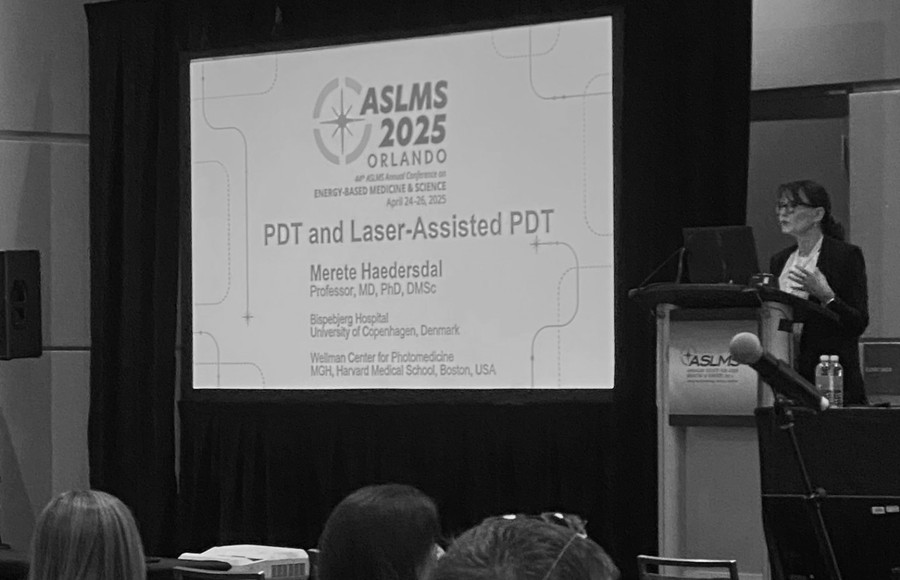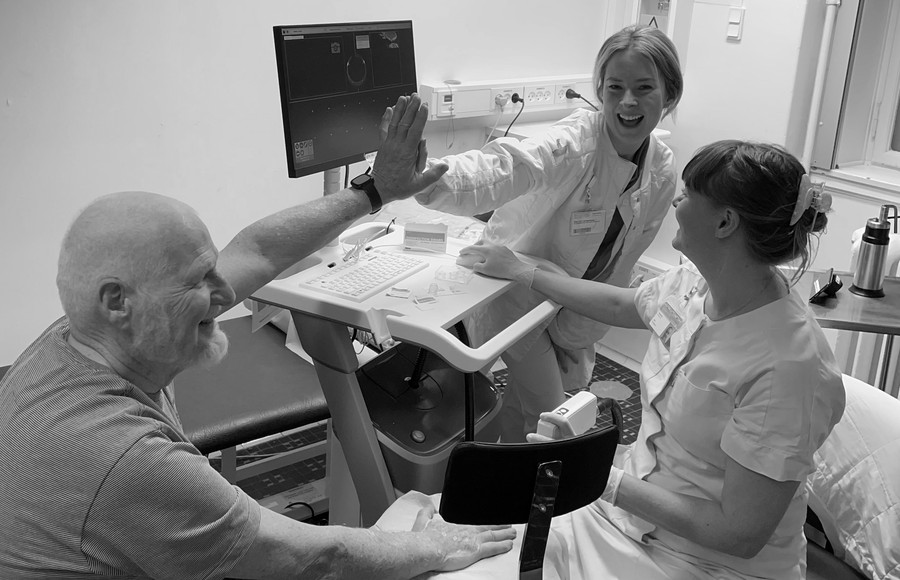With strong collaboration between researchers, clinical doctors, and patients, the trial data were collected in record time

Scanning and tape
In the trial, the participants' skin changes are scanned with an LC-OCT scanner, which can create images of the skin's upper layers, and a sample is taken with medical tape. The scanner and tape results are checked against biopsies, which are examined for cancer cells, to ensure that the scanner and tape samples have provided the correct answer.
Good collaboration
Thanks to the good collaboration between the doctors in the dermatology clinic, nurses, researchers, and especially the patients at Bispebjerg Hospital's dermatology department, the team has now collected all the data in record time and is ready for the next steps.
Positive effects of the new methods
The new diagnostic methods will have several positive effects when they can later be used as a supplement to biopsies:
- Examination and results in one consultation
- Fewer biopsies
- Support for diagnosis and treatment planning
- Earlier initiation of treatment
Overall, this approach significantly improves the diagnosis of skin cancer and provides patients with a better experience.








